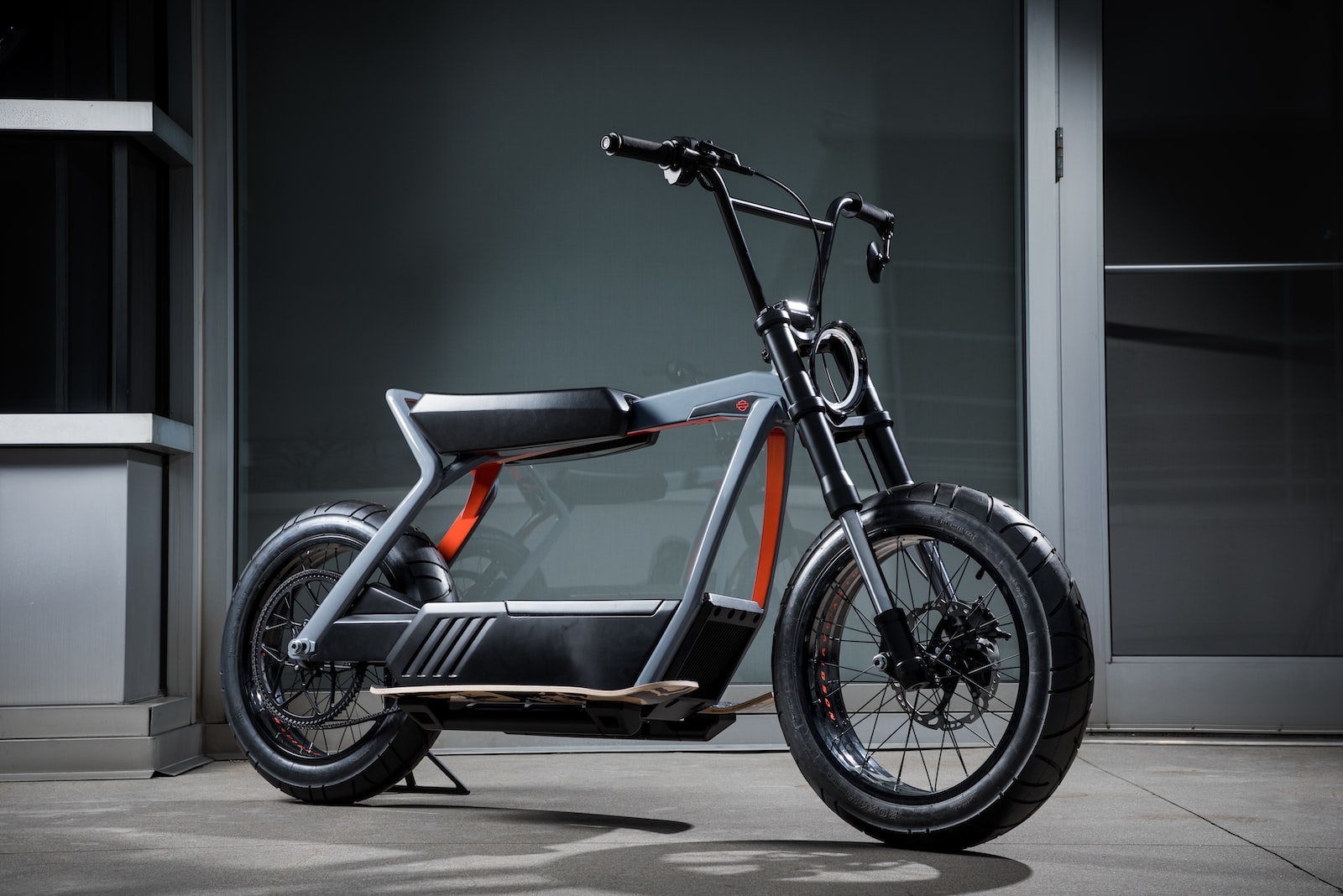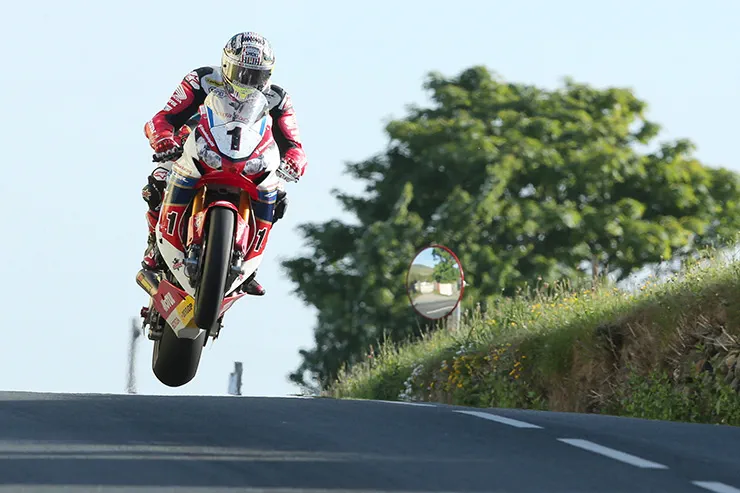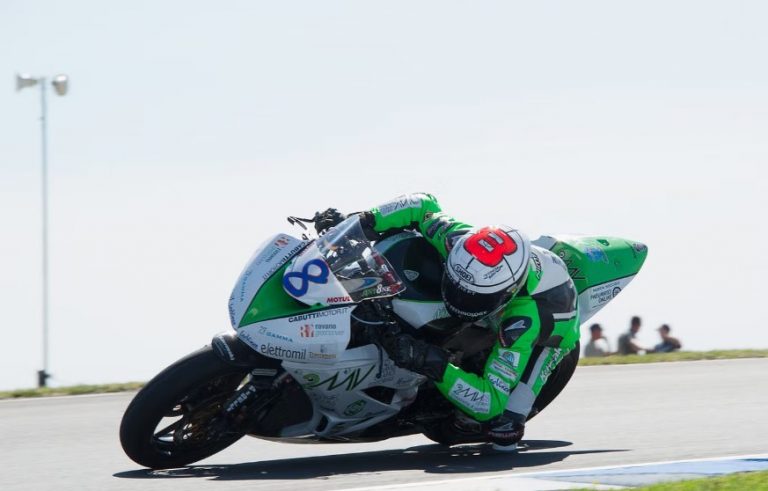Although riding an electric bike has the same benefits as riding a standard bike (it’s fun, healthy, and an efficient way to commute), it does require some extra preparation, regardless of how experienced a bike rider you are. If you’ve recently purchased an e-bike to give you that extra “push,” keep reading to find out some useful techniques for riding an e-bike.
E-Bikes: What Are They?
Bicycles with built-in electric motors are known as electric bikes or e-bikes. A battery pack attached to the bicycle supplies energy for the motor. An e-bike’s motor supplements your pedalling effort rather than doing the work for you, making it a more sustainable mode of transportation than a motorcycle. Its purpose is to supplement human strength rather than replace it.
What exactly is the power source for these bikes?
The motor, the battery, and the controller are the three main parts of an electric bike. In order to provide the necessary assistance, the drivetrain is powered by the motor, which draws its energy from the battery. To adjust the level of help received, simply use the controller.
One of the most common modes of operation of an e-bike is the one called pedal-assist. You have to pedal in order for the motor to function in this setting.
Methods for Riding an Electric Bike
Electric bikes are remarkably similar to conventional ones. Some things must be taken into account before you hop on an e-bike, though. In order to master the skills required for safe and enjoyable cycling, it is important to take things slowly at first and get to know your brakes, your speed limits, and the traffic patterns in your area.
Also Read: Motorcycle Riding Tips In Rain
We recommend a gradual beginning.
Although in general it sounds like very obvious advice when learning to use something new, it is not so much when we are referring to e-bikes. Incredibly fast and effortless top speeds can be attained on electric bikes. The bike could easily spin out of control if you do this. For this reason, it’s best to “take it easy” at first.
If you are just getting started with e-biking, you might find it easiest to do so on a level, open surface without the pedal assistance. It’s true that e-bikes are heavier, so you might need the assistance to get going. However, if you’re able to do so, you should try to get going without the aid first.
Start the engine and shift gears with the electric assistance on the lowest setting if you can’t do it without it.
Understand your brakes
Before riding your e-bike, take the time to familiarise yourself with the braking system. Even if you are an experienced bike rider, you may want to take the time to practise riding your new e-bike in a safe place so it becomes second nature.
It’s important to remember that electric bikes require more time to stop than regular bikes because they’re heavier and can travel faster. It’s a matter of physics, stupid!!
Beyond the technicalities of whether your e-bike has mechanical disc brakes or hydraulic disc brakes, what matters is that you know which lever corresponds with the front wheel and which with the rear one. Remember that the rear lever may be sufficient for less forceful stops, but that both levers should be used for more forceful braking. Only the front should ever be used. You could lose control of the vehicle if you only use the front brake.
Take extra precautions near moving vehicles.
be-careful-around-cars
As a rule of thumb, you should always be extra vigilant and cautious when near moving vehicles. If you are an experienced driver and know your way around the brakes, it is still important to remain vigilant and aware of your surroundings.
Keep in mind that motorists may underestimate the stopping distance of an electric bicycle. Some of us motorists may be unfamiliar with e-bikes and therefore unaware of their greater speed and braking distance requirements. Actually, we might assume they’re just riding a regular bike. Rider caution is especially important for someone operating an electric bicycle at this time.
Make yourself seen
Making yourself visible to other drivers may be the best way to reduce the risk of an accident and increase your sense of personal safety while driving. In order to ride safely and legally, e-bike riders must ensure that their lights work. If you want to feel safe and know that cars following behind you can actually see you, you should hardwire the tail light directly into the car’s power supply.
If you ride an electric bicycle, it’s a good idea to equip it with lights and also to dress in highly visible colours. In this regard, a plethora of jackets, shoes, socks, etc., are available to choose from. Making yourself visible could potentially save your life and offer a great cycling experience on your fresh e-bike.
See if you can slow down
A common beginner’s mistake is to crank up the assist setting. We can’t wait to put our new motorcycle through its paces and feel the thrill of speed. Nonetheless, you should not do that. Get comfortable on the e-bike and familiar with its controls before pushing it to its limits.
Furthermore, remember that some areas have imposed a maximum allowed speed for electric bikes. If you want to keep your money in your pocket rather than paying traffic tickets, you should probably check your speed.
The key distinction between traditional bicycle riding and e-bike riding is the use of electric power.
Despite the fact that it has been pointed out that electric bikes and traditional bicycles share some similarities, such as the general appearance and sensation of cycling, there are also some important distinctions to keep in mind.
The act of sitting down
It is recommended that riders stay seated while using the electric assistance on an e-bike. As you stand up, your pedalling changes and confuses the motor, causing it to slow down, as the motor’s rotational power adjusts to your steady pedalling effort.
Traction
An e-bike might not be the best investment if you plan on using it for tricks. Keep both wheels firmly planted on the ground at all times; this does not apply to e-mountain biking. If one of the bike’s wheels isn’t touching the ground, the bike will wobble because the other wheel isn’t providing stability while the other is receiving power from the motor.
Making turns \smaking-turns
Turning on an e-bike is similar to turning on a regular bike but there are a few subtle differences. Center of gravity is lower on an e-bike because the motor can be placed lower to the frame. Stop pedalling as you approach the curve, stand up just a little, and lean slightly into the turn if you want to maintain a high rate of speed. As soon as you emerge from the bend, you should return to the starting position and resume pedalling. It’s not necessary if you’re making a slow turn.
Acceptable Limits of Speed
Checking the local laws regarding the operation of electric bicycles is a good idea for anyone who is either considering purchasing an e-bike or is a new owner of one. Perhaps you’re also curious about the maximum speed of an electric bike. On flat ground, the typical top speed for an electric bike is 20 mph, but some models can reach speeds of up to 28 mph. If you’re going downhill, you might be able to pick up some speed. Remember that there is a maximum allowed speed for each e-electric bike’s assistance level.
Also Read: Crotch Rocket Motorcycle Death Statistics
Conclusion
You probably already knew before reading this article, but riding an e-bike does require a little more planning than riding a traditional bike. Even though they’re fundamentally similar, you may want to put in some time getting acquainted with your electric bike before venturing out into traffic. And don’t forget to charge your battery before you set out on your journey, in addition to everything else you would normally have to do before setting out on a regular bike ride.




